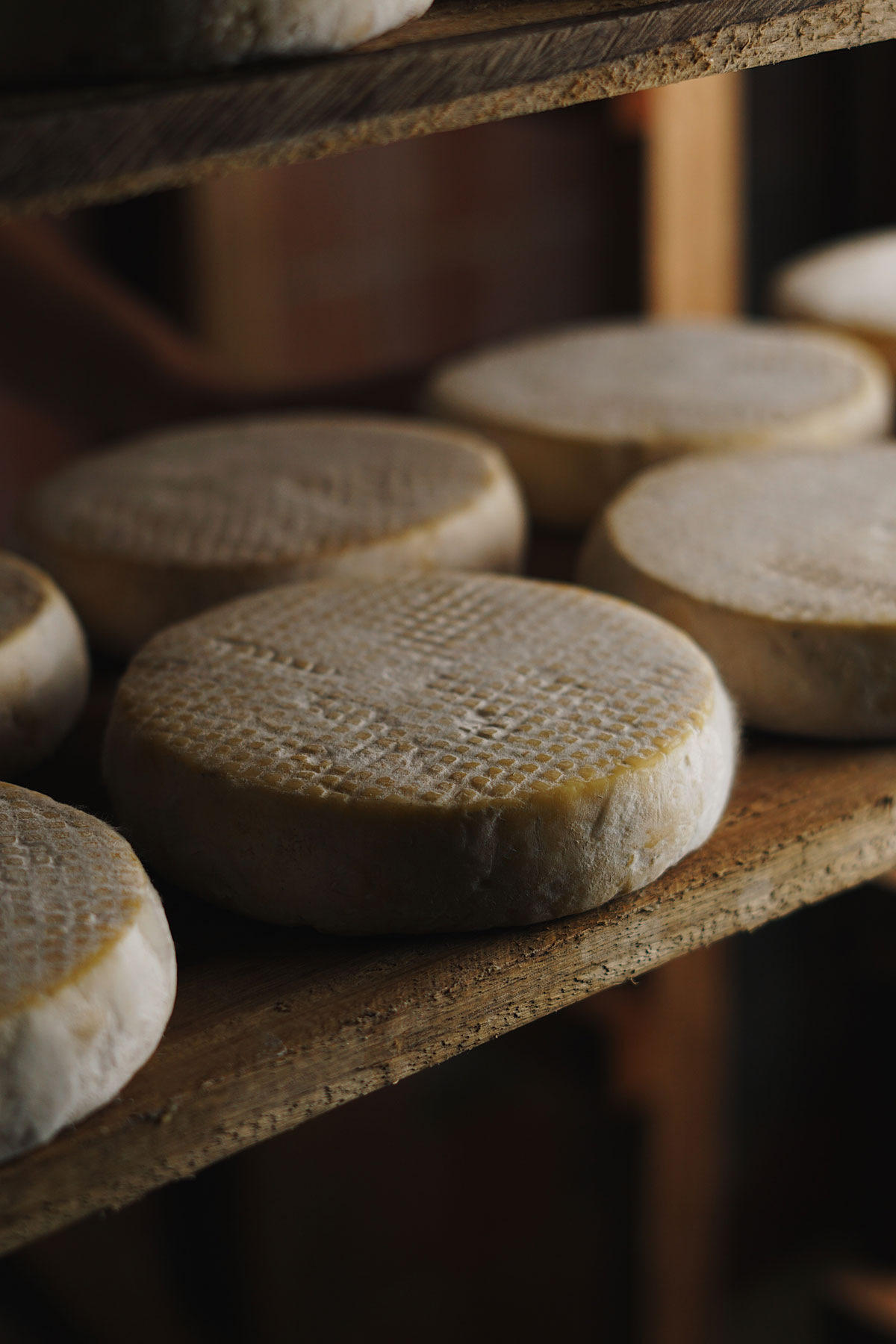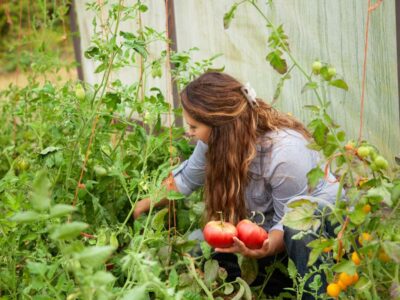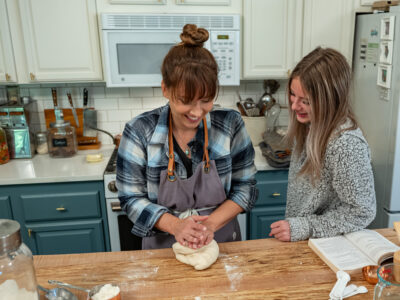It’s incredible the difference between commercial and ancestral methods of cheesemaking. From commercially produced cultures and GMO rennet to using plastics at all stages of the process. Learn the natural cheesemaking methods for better health and delicious products.
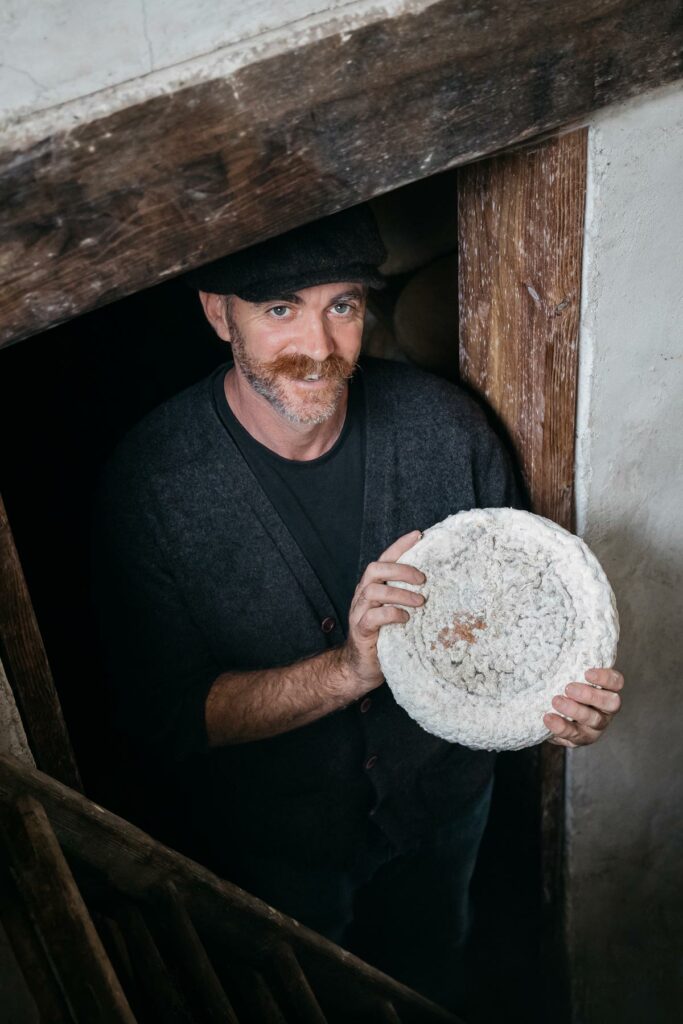
Join me for today’s podcast (episode #450) with author David Asher as we talk about what you need to know for natural cheesemaking at home. Plus, you won’t want to miss his tip on using sourdough starter to make a homemade cheese culture. You read that right: a sourdough starter! I can’t wait to give it a try.
About David Asher
David Asher is a natural cheesemaker, bringing the traditions of dairying, fermentation, and coagulation back into this age-old craft.
A former farmer and goatherd from the west coast of Canada, David now travels widely, sharing a very old but also very new approach to cheese production with his Black Sheep School of Cheesemaking.
Through teaching about the use of in-house starter cultures and natural rennet from calves and kids, David helps cheesemakers around the world reclaim their traditional cheeses. He also explores the connections between all fermented foods and the important role of small-scale and traditional food production in our modern world.
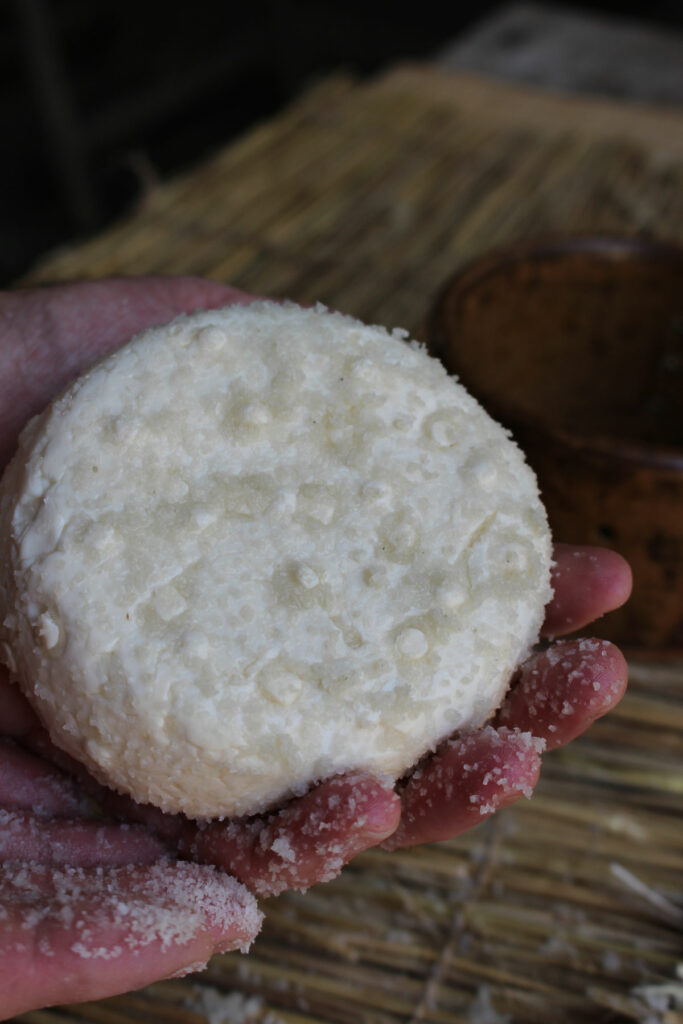
What is Natural Cheese Making?
I asked David what natural cheese making is. He says it’s a vastly different approach to how milk is turned into cheese today. In a typical cheese make the raw milk would be pasteurized first, then freeze-dried starter cultures would be added back in.
Cheesemakers will often use genetically modified enzymes to curdle the milk. Ultimately, there’s a lack of respect for milk and the ancient cheese-making methods. He also says these newer processes could pose a danger to those who consume them.
Natural cheese making is a vastly different approach to transforming milk into a cheese that honors milk, its microbes, and the healthfulness and nourishment of the product.
In a nutshell, natural cheesemaking is based on three ideas:
- Milk should be used fresh and raw.
- Milk should be fermented with natural starter cultures and curdled with natural rennet.
- Cheese should be made using more traditional techniques. These techniques use natural materials such as clay, wood, straw and copper, which naturally create conditions for milk to transform into cheese.
When considering these traditional methods, it’s really sad to see how far from these methods we’ve strayed. The amount of plastic used in industrial cheesemaking is alarming and should be considered for the health of the cheese (and the people consuming it).
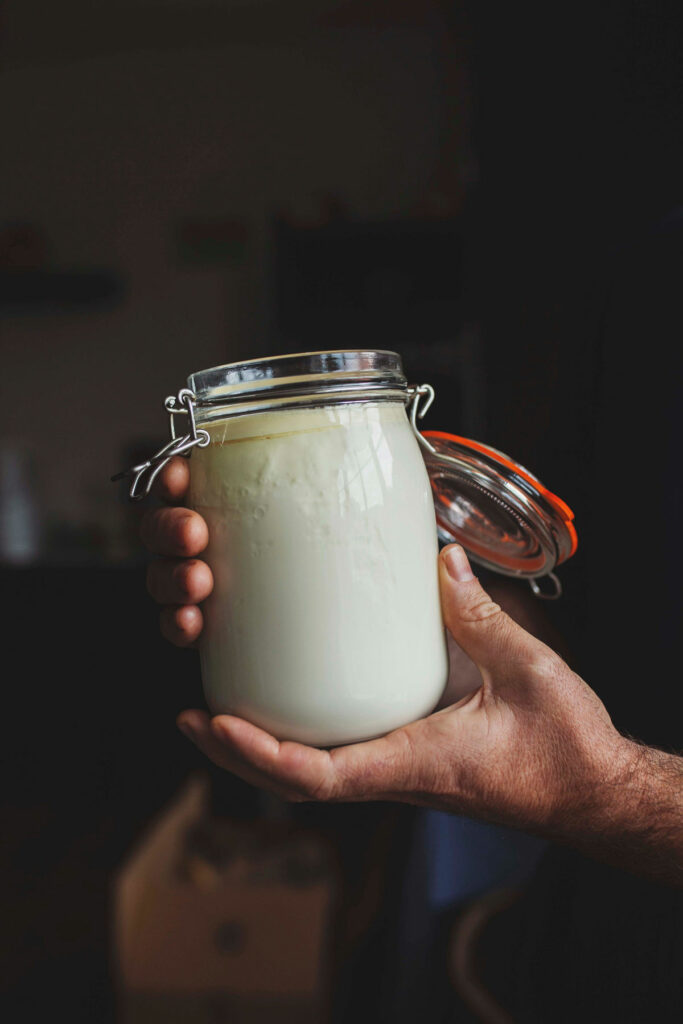
Starter Cultures
David uses dairy kefir as a starter culture. It’s just one of the many different natural starter cultures one can use to make cheese. Once you obtain a dairy kefir culture, you can maintain it and keep it forever.
If you don’t have access to kefir, you can use clabber, which is milk that has been left out to ferment for a few days.
The more modern freeze-dried cultures are generally broken down into two categories:
- Thermophilic – This is for cheesemaking that needs the milk to be heated to a specific temperature before turning into each various dairy product.
- Mesophilic – A mesophilic variety is for recipes that don’t need to be heated, such as homemade buttermilk.
In David’s new book, Milk Into Cheese, he teaches you how to make your own thermophilic or mesophilic cultures which eliminates the need for buying cultures.
He encourages us not to be reliant on distant laboratories for our ferments that allow our milks to turn into cheese.

Milk Type
Both David and I agree that raw milk is best when cheesemaking. But it doesn’t matter what animal the milk comes from. Each milk type will lend various flavor profiles to cheese, but all are delicious whether from sheep, goats or cows.
If it’s difficult to find raw milk in your area, you may still be able to find it as “pet food.” Chances are, if there are people in your area raising dairy cows for their raw milk, there’s probably a way to get ahold of some.
If you just can’t get access to raw milk, you can use commercial milk. Find milk that’s been pasteurized at a low temperature (avoid the ultra-pasteurized options). If the cream still rises to the top, that’s a sure sign that it’s been low-heat pasteurized.
You also want to buy milk as fresh as possible, so finding out the day the milk is delivered to the grocery store and buying it on the same day is ideal.
David shared a fascinating tip that you can essentially reverse the pasteurization effects on milk by adding a starter culture to reintroduce the beneficial bacteria that were killed off.
He blew my mind when he said you could even use a sourdough starter! That’s right! You can take a sourdough starter to clabber milk, and vice versa; you can take clabbered milk and make sourdough bread.
They have very similar properties and can be used interchangeably.
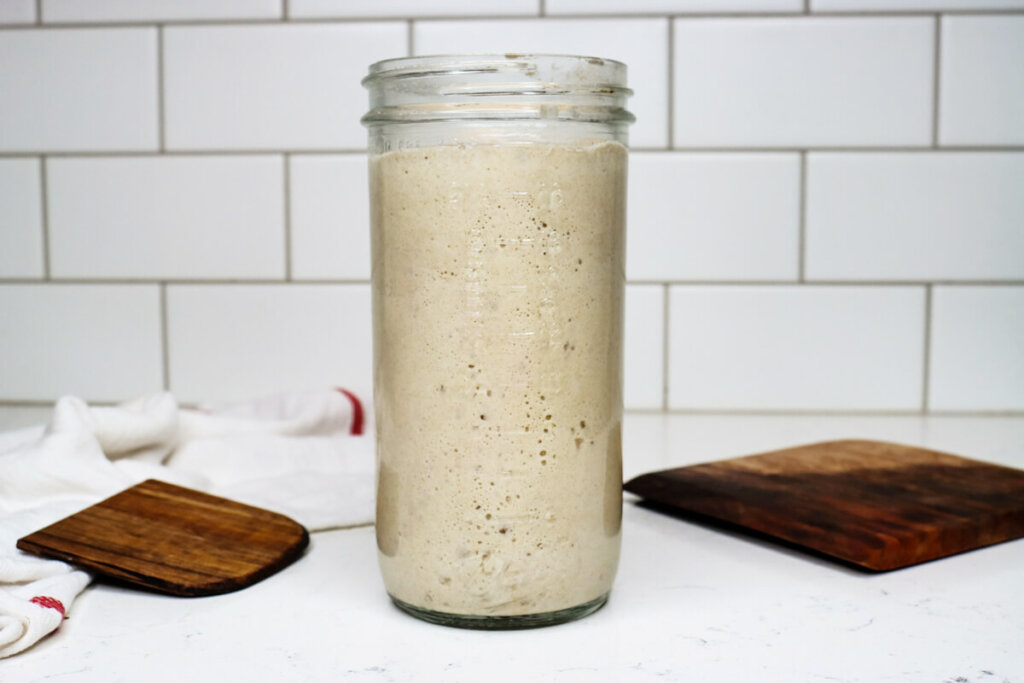
How to Clabber Milk with Sourdough Starter
If you want to try making your own culture at home, here’s how:
- Take a cup of fresh milk and add a tablespoon of active sourdough starter. Stir it well and let it sit on the counter for 48 hours. The milk will sour and curdle.
- The next day, take a spoonful of that curdle and add it to a cup of fresh milk. Stir well and let it sit for 12-24 hours. The milk will sour and curdle much faster.
- You can keep this feeding schedule going on a daily basis to build a stronger culture.
You have now created a clabber culture for cheesemaking.
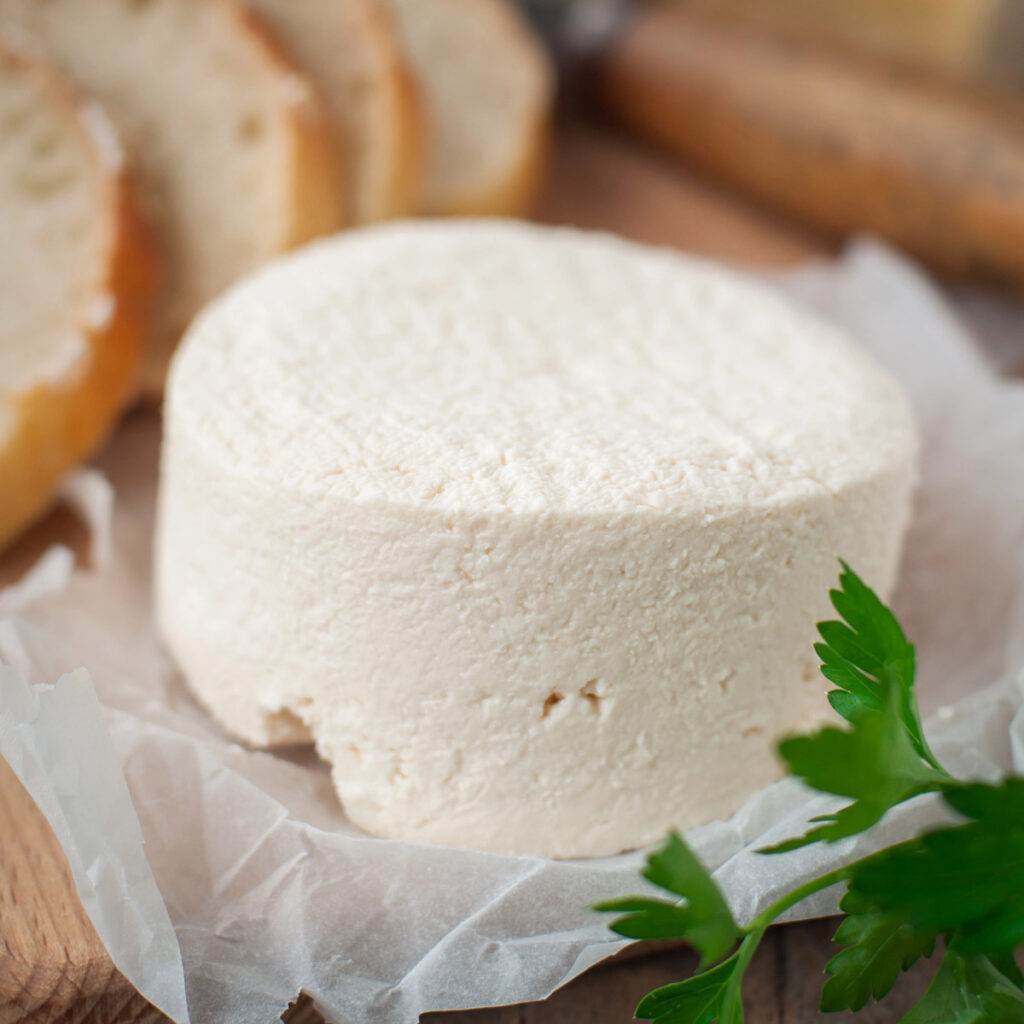
Best Cheeses to Start With
David shares that natural cheesemaking can create consistent cheeses (though this was the opposite of my experience), so I was glad to hear this.
I love that natural cheesemaking can eliminate many of the necessary tools with commercial recipes.
Soft Cheeses
David recommends giving cream cheese or chevre cheese a try when first beginning. It’s a simple as adding your natural starter culture and some rennet to fresh milk and let it sit for 24 hours to sour and curdle. Strain the curds from the whey through cheesecloth. Add some salt and the cheese is ready.
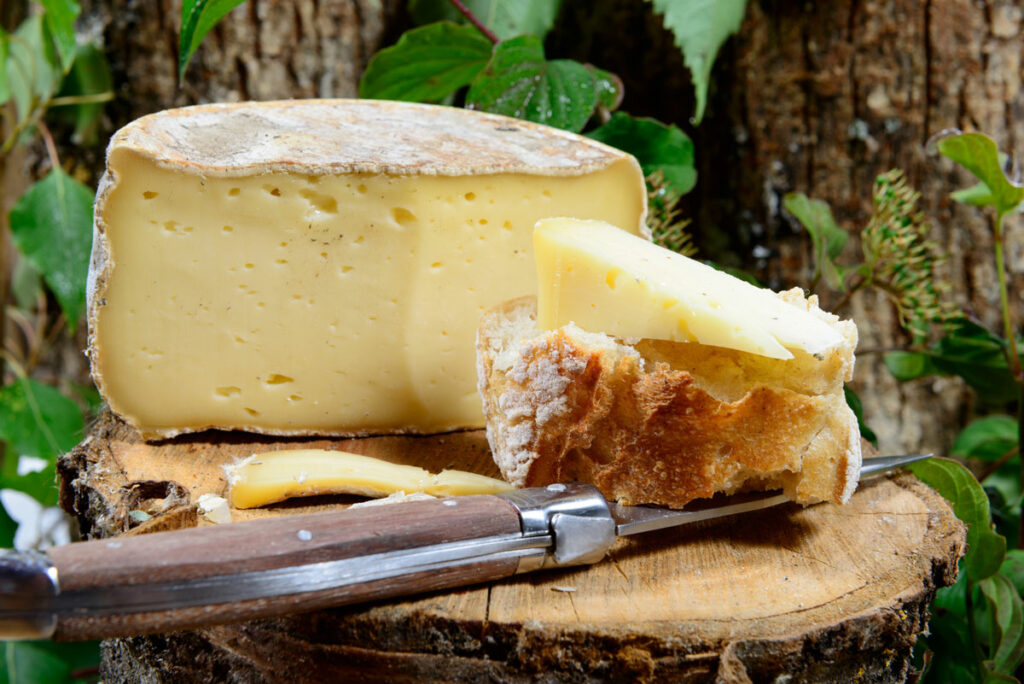
Hard Cheeses
David does not recommend making something like a cheddar. It’s actually quite involved and time-consuming. He does recommend a French cheese called Tomme. It only takes about an hour and a half to make, 2-5 gallons of milk and does not require a cheese press.
It’s one of the most sought-after cheeses in Europe, and the recipe is in both of David’s books.
Storage Times
I asked whether cheeses made using natural cultures could be stored just as long as cheeses made with other cultures. David mentioned that natural cheeses contain ripening cultures that will change a fresh cheese into an aged cheese as it sits. So it doesn’t go “bad,” it just changes.
With the natural cultures, he says the natural rinds are stronger, and the veining of cheeses like bleu cheese are more developed.
The molds that develop on cheeses are equivalent to the yeasts that raise our bread. They’re not to be feared; they’re to be embraced and enjoyed for the various flavors they develop in a cheese.
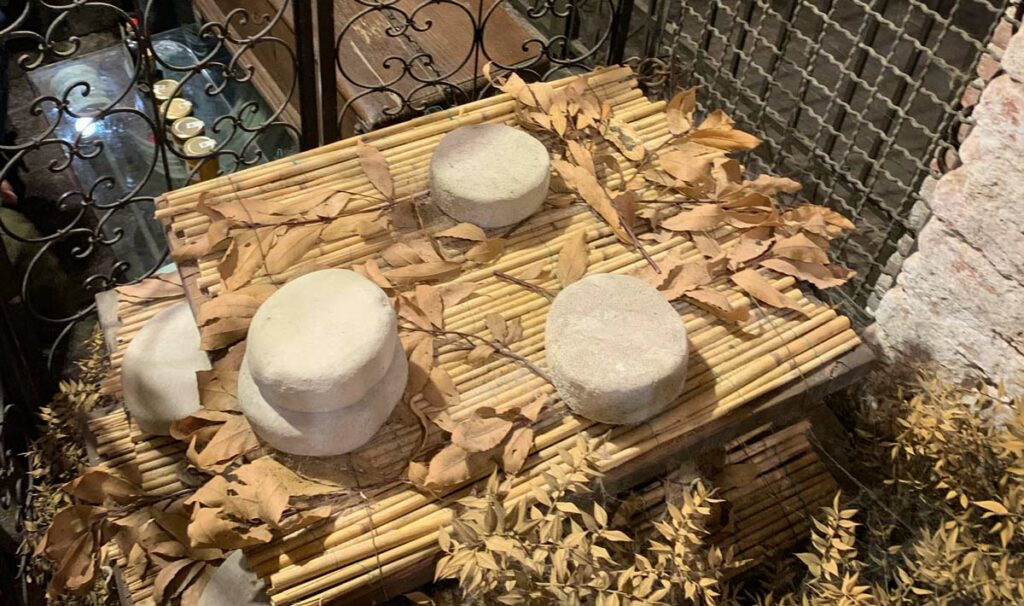
Necessary Cheesemaking Supplies
These are the must-have cheesemaking tools that David recommends:
- Pot – Having a dedicated cheesemaking pot is recommended so flavors from other foods don’t transfer to your cheeses. David has a smaller one-gallon pot and a larger 5-gallon pot.
- Draining Table – Having a special space set up that keeps cheeses high and dry is ideal. You don’t want your cheese sitting in whey.
- Cheese Forms – Having some natural cheese forms is great. Skip the plastic options and have a local potter make you a clay form. You can also improvise cheese forms with a stainless steel pasta pot or steam pot that has holes for draining.
- Aging Space – You’ll need a cool, humid environment to age your cheese. You can use a wooden box inside your refrigerator while you’re just getting started. Or, you can invest in a cheese cave where you can control the temperature and humidity.
- Natural Cultures – Having a natural culture to make your cheese (such as milk kefir, clabber or sourdough starter – to make your starter).
Where to Learn More
You can learn more from David Asher by purchasing his books, The Art of Natural Cheesemaking and Milk Into Cheese.
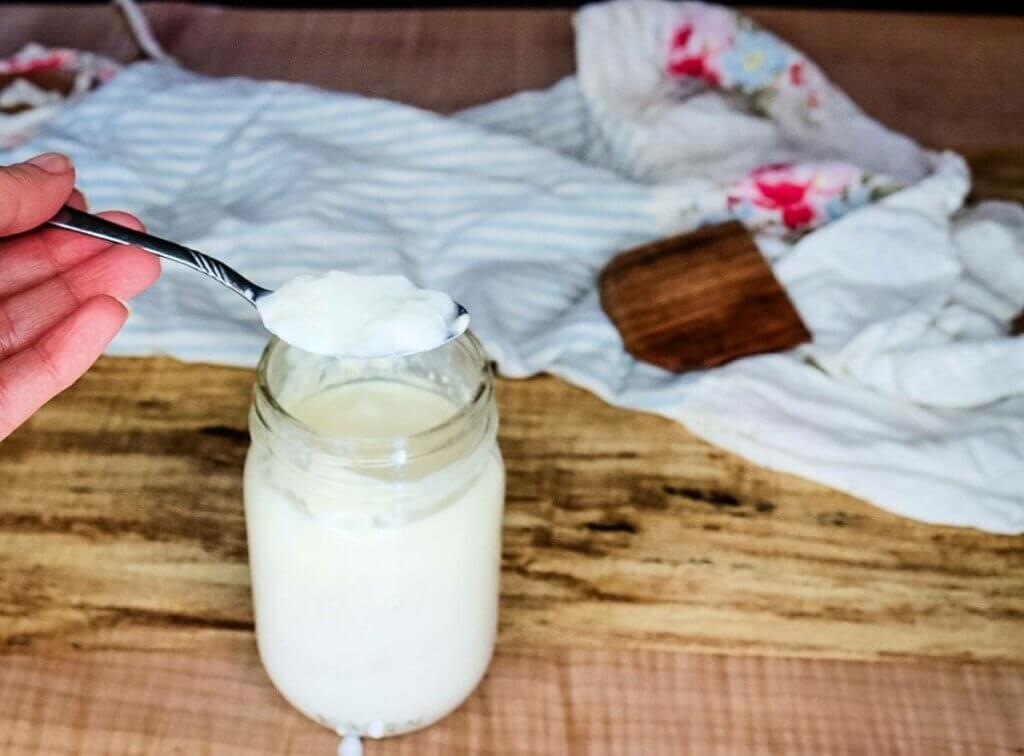
More Posts You May Enjoy
- Cultured Buttermilk Recipe
- Kahm Yeast (What, Why & Does it Ruin a Ferment)
- Fermented Dairy – Why You Should Be Doing This Now
- How to Make Homemade Yogurt That’s Thick and Creamy
- How to Make a Sourdough Starter + Tips for Success
- Rehydrating Sourdough Starter
- Best Beginner Sourdough Sandwich Bread No Yeast
